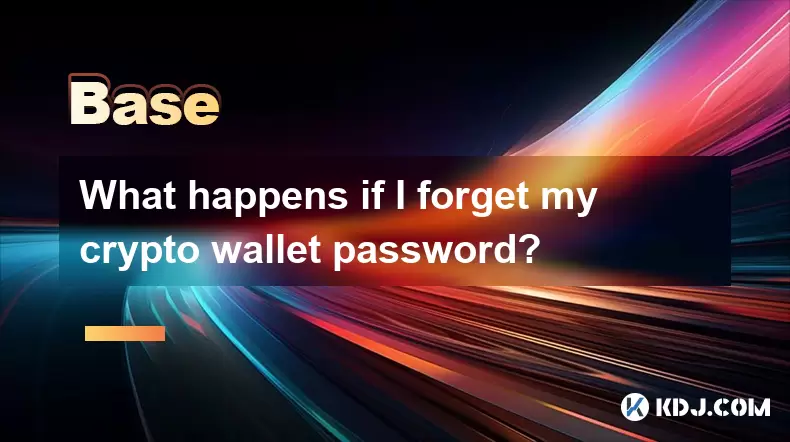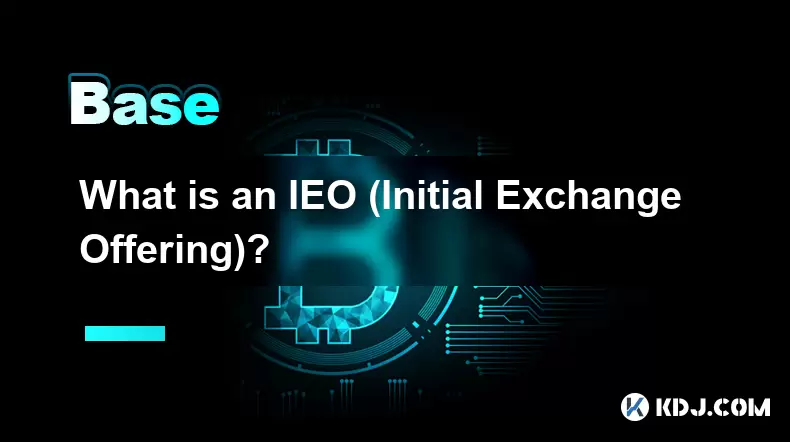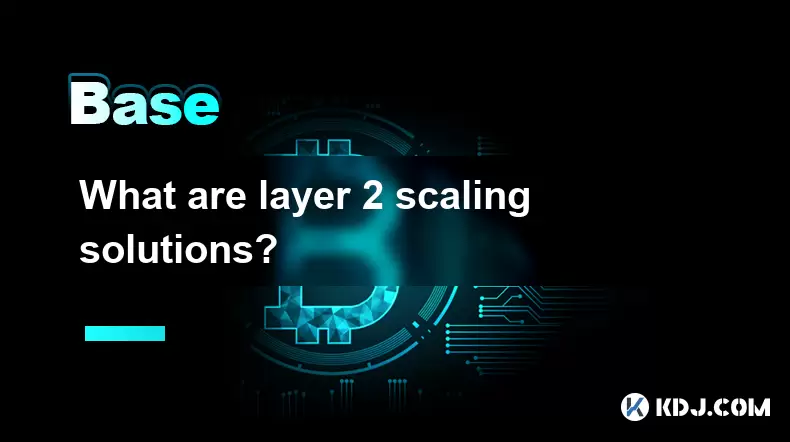-
 Bitcoin
Bitcoin $116400
-0.36% -
 Ethereum
Ethereum $4033
3.40% -
 XRP
XRP $3.302
-1.26% -
 Tether USDt
Tether USDt $1.000
-0.02% -
 BNB
BNB $796.1
1.67% -
 Solana
Solana $177.8
1.89% -
 USDC
USDC $0.9999
0.00% -
 Dogecoin
Dogecoin $0.2314
4.09% -
 TRON
TRON $0.3381
0.14% -
 Cardano
Cardano $0.7989
1.22% -
 Stellar
Stellar $0.4496
-1.84% -
 Chainlink
Chainlink $20.42
9.42% -
 Hyperliquid
Hyperliquid $41.17
0.88% -
 Sui
Sui $3.914
3.77% -
 Bitcoin Cash
Bitcoin Cash $584.7
1.52% -
 Hedera
Hedera $0.2632
-0.54% -
 Avalanche
Avalanche $24.09
3.40% -
 Ethena USDe
Ethena USDe $1.001
-0.02% -
 Litecoin
Litecoin $123.2
1.33% -
 Toncoin
Toncoin $3.318
-0.04% -
 UNUS SED LEO
UNUS SED LEO $8.984
-0.05% -
 Shiba Inu
Shiba Inu $0.00001323
2.85% -
 Uniswap
Uniswap $10.90
4.41% -
 Polkadot
Polkadot $3.999
3.34% -
 Dai
Dai $1.000
0.01% -
 Cronos
Cronos $0.1630
9.64% -
 Bitget Token
Bitget Token $4.484
0.82% -
 Monero
Monero $272.4
2.44% -
 Pepe
Pepe $0.00001173
6.03% -
 Aave
Aave $290.8
2.88%
What happens if I forget my crypto wallet password?
A crypto wallet password encrypts your private keys, and losing it means permanent access loss—no recovery options exist, even from wallet providers.
Aug 09, 2025 at 08:50 am

Understanding the Role of a Crypto Wallet Password
A crypto wallet password serves as a critical security layer that protects access to your digital assets. Unlike traditional banking systems, cryptocurrency wallets operate on decentralized networks where no central authority can assist in account recovery. When you create a wallet—whether it's a software wallet like MetaMask or a hardware wallet like Ledger—you are prompted to set a strong password. This password encrypts the private keys stored within the wallet. Without it, the encrypted data remains inaccessible. It's essential to understand that the password does not directly store your funds; instead, it safeguards the ability to decrypt and use your private keys.
Many users confuse the password with the recovery phrase (seed phrase), which is a separate 12- or 24-word sequence generated during wallet setup. The recovery phrase can regenerate your private keys even if the device is lost, but the password cannot be recovered through this method. If you forget your password, the wallet software will not allow decryption of the stored keys, effectively locking you out.
Immediate Consequences of a Forgotten Password
The moment you enter an incorrect password, most wallet applications will deny access without offering a reset option. This is by design to prevent unauthorized access. Even after multiple failed attempts, there is no automated recovery mechanism. For instance, in MetaMask, entering the wrong password will result in a persistent "Incorrect password" error with no option to reset via email or SMS. This reflects the core principle of self-custody in crypto: you are solely responsible for securing your credentials.
In cases where the wallet is stored locally (e.g., on a mobile device or desktop), the encrypted keystore file remains on the device. However, without the correct password, this file is useless. Some wallets may lock you out temporarily after several failed attempts, but this does not aid recovery. The loss of access is permanent unless the password is retrieved through personal means.
Can You Recover Access Without the Password?
Recovery without the password depends entirely on whether you have your recovery phrase and original wallet file. The recovery phrase alone is not enough if the wallet was encrypted with a password. For example, in some advanced wallets like Electrum or certain Bitcoin Core setups, restoring from the seed phrase still requires the password to decrypt the wallet file. If you only have the seed phrase but not the password, restoration fails.
However, if you still have access to the encrypted wallet file (like a .json or .dat file) and remember hints about the password, brute-force or dictionary attacks may be attempted. These methods involve using software tools like John the Ripper or hashcat to guess the password by testing combinations. This process requires technical expertise and is only feasible if the password was weak (e.g., short, using common words). The success rate diminishes significantly with longer, complex passwords.
Steps to Attempt Password Recovery
- Ensure you have the encrypted wallet file (e.g., UTC--... file for Ethereum wallets) saved securely on your device or backup drive.
- Recall any possible variations of the password, including capitalization, special characters, or appended numbers.
- Use a password manager if you have one, to search for stored entries related to your wallet.
- If you wrote the password down, check physical storage locations like notebooks, USB drives, or secure lockboxes.
- Consider whether you used a password hint during setup—some wallets allow hints that might trigger memory recall.
For technical users attempting brute-force recovery:
- Install hashcat on a compatible system (Linux or Windows with GPU support).
- Extract the wallet’s encryption parameters using tools like
pyethrecoverfor Ethereum wallets. - Create a custom wordlist based on personal information (birthdays, pet names, etc.) using tools like CeWL or Crunch.
- Run hashcat with the appropriate mode (e.g., mode 15700 for Ethereum wallets) and your wordlist.
- Monitor progress and adjust the attack strategy based on results.
This process can take hours to years, depending on password complexity and hardware power.
Preventive Measures for Future Security
To avoid losing access in the future, implement a multi-layered backup strategy. Store your recovery phrase offline in a fireproof safe or on a metal backup plate. Never store it digitally in cloud services, emails, or unencrypted files. For the password, consider using a trusted password manager like Bitwarden or KeePass, which can securely store and autofill credentials.
Create a recovery plan that includes:
- Writing down the password and storing it in multiple secure physical locations.
- Sharing access instructions with a trusted family member or executor via a sealed letter or legal document.
- Using two-factor authentication (2FA) where supported, though this does not replace password security.
- Regularly testing access to backups by restoring the wallet on a secondary device.
Avoid relying on memory alone. Even slight variations in password entry (e.g., Caps Lock, extra spaces) can result in failure.
What Wallet Providers Can and Cannot Do
No legitimate crypto wallet provider can recover your password. Companies like MetaMask, Trust Wallet, or Ledger do not store your password or private keys. Their systems are designed so that user data remains encrypted and local. Customer support teams cannot reset your password or decrypt your wallet. Any service claiming otherwise is likely a scam.
If you contact support, they will typically respond with guidance on using your recovery phrase or suggest recovery tools, but they will not intervene directly. This underscores the importance of user responsibility in the crypto ecosystem. There is no "forgot password" link because such a feature would introduce a central point of failure, contradicting the decentralized nature of blockchain technology.
Frequently Asked Questions
Can I restore my wallet using only the seed phrase if I forgot the password?
No, if your wallet was encrypted with a password, the seed phrase alone is insufficient. The password is required to decrypt the wallet file, even during restoration.
Is it safe to use password recovery tools like hashcat?
Yes, if used on an offline, secure machine. Running such tools on internet-connected devices risks malware or data theft. Always verify software sources and avoid downloading from untrusted websites.
What if I remember part of my password?
You can use partial knowledge to create a targeted wordlist for brute-force tools. For example, if you recall the base word and know it ends with a number, generate combinations like Password1, Password2, etc.
Can customer support unlock my wallet?
No. Crypto wallet providers do not have access to your password or encrypted data. Support teams cannot bypass security measures, as doing so would compromise the integrity of the entire system.
Disclaimer:info@kdj.com
The information provided is not trading advice. kdj.com does not assume any responsibility for any investments made based on the information provided in this article. Cryptocurrencies are highly volatile and it is highly recommended that you invest with caution after thorough research!
If you believe that the content used on this website infringes your copyright, please contact us immediately (info@kdj.com) and we will delete it promptly.
- HAT Token Mania: Price Surges, Crypto Auctions, and Meme Coin Mayhem
- 2025-08-09 11:10:11
- Undervalued Cryptos Primed for a 2025 Takeoff: MAGACOIN, TRX, and SUI Lead the Pack
- 2025-08-09 11:10:11
- Bitcoin Goes to Harvard: Ivy League Embraces Digital Assets
- 2025-08-09 10:50:12
- Bitcoin, BlockDAG, and Toncoin: Decoding the Crypto Buzz in NYC
- 2025-08-09 11:30:11
- XRP, Pi Network, and Binance Listing Buzz: What's the Hype?
- 2025-08-09 11:30:11
- Arctic Pablo Coin: The Meme Coin Presale Promising High ROI in Q3 2025
- 2025-08-09 10:50:12
Related knowledge

What happens if I forget my crypto wallet password?
Aug 09,2025 at 08:50am
Understanding the Role of a Crypto Wallet PasswordA crypto wallet password serves as a critical security layer that protects access to your digital as...

Can you reuse a crypto wallet address?
Aug 08,2025 at 03:49pm
Understanding Wallet Addresses in CryptocurrencyA crypto wallet address is a unique identifier used to send and receive digital assets on a blockchain...

What is an IEO (Initial Exchange Offering)?
Aug 09,2025 at 06:22am
Understanding the Concept of IEO (Initial Exchange Offering)An Initial Exchange Offering (IEO) is a fundraising method used by blockchain-based projec...

Are meme coins a good investment?
Aug 08,2025 at 11:36pm
Understanding Meme Coins and Their OriginsMeme coins are a category of cryptocurrencies that originated from internet humor or viral trends rather tha...

What are layer 2 scaling solutions?
Aug 09,2025 at 04:07am
Understanding Layer 2 Scaling Solutions in CryptocurrencyIn the world of blockchain and cryptocurrencies, scalability has long been a pressing challen...

How are flash loans used?
Aug 08,2025 at 01:08pm
Understanding Flash Loans in Decentralized FinanceFlash loans are a unique innovation within the decentralized finance (DeFi) ecosystem, allowing user...

What happens if I forget my crypto wallet password?
Aug 09,2025 at 08:50am
Understanding the Role of a Crypto Wallet PasswordA crypto wallet password serves as a critical security layer that protects access to your digital as...

Can you reuse a crypto wallet address?
Aug 08,2025 at 03:49pm
Understanding Wallet Addresses in CryptocurrencyA crypto wallet address is a unique identifier used to send and receive digital assets on a blockchain...

What is an IEO (Initial Exchange Offering)?
Aug 09,2025 at 06:22am
Understanding the Concept of IEO (Initial Exchange Offering)An Initial Exchange Offering (IEO) is a fundraising method used by blockchain-based projec...

Are meme coins a good investment?
Aug 08,2025 at 11:36pm
Understanding Meme Coins and Their OriginsMeme coins are a category of cryptocurrencies that originated from internet humor or viral trends rather tha...

What are layer 2 scaling solutions?
Aug 09,2025 at 04:07am
Understanding Layer 2 Scaling Solutions in CryptocurrencyIn the world of blockchain and cryptocurrencies, scalability has long been a pressing challen...

How are flash loans used?
Aug 08,2025 at 01:08pm
Understanding Flash Loans in Decentralized FinanceFlash loans are a unique innovation within the decentralized finance (DeFi) ecosystem, allowing user...
See all articles

























































































